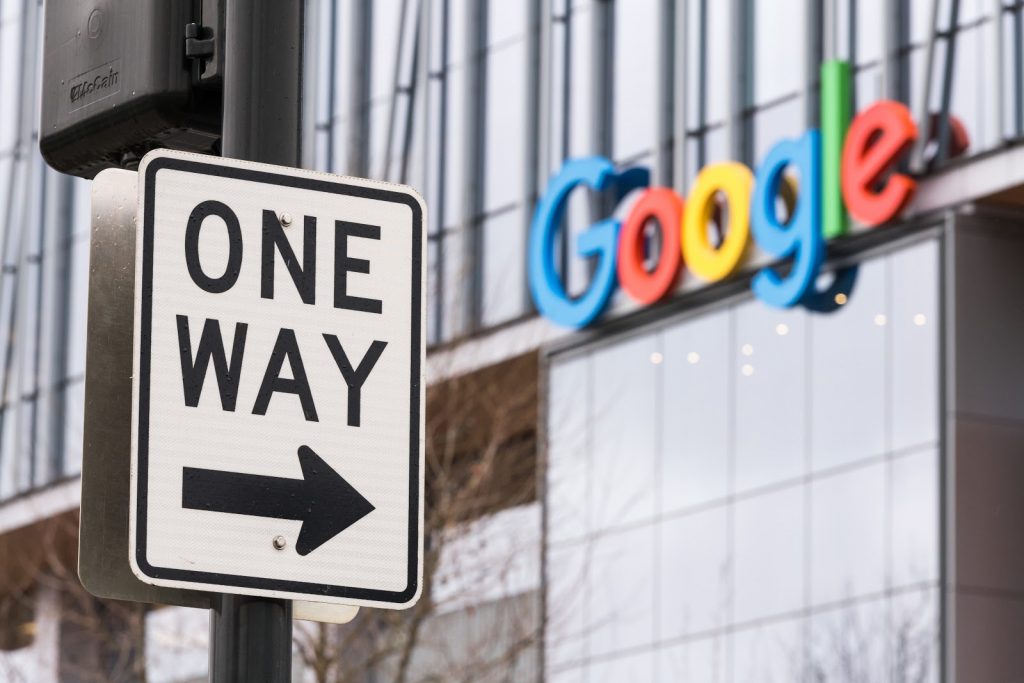
Note: This blog is Part 2 of a 2-part series created from a presentation Kasim Aslam gave at the Midwest Digital Marketing Conference (MDMC) in 2019. You can view the presentation in its entirety here.
Welcome back!
In Part 1 of this blog series, I talked about the benefits of building your marketing funnel from the bottom up. Specifically, how it allows you to empathize with your prospects faster and identify purchase intent, which in turn shapes how you create your entire campaign.
In this blog, I want to talk about the specifics of how to run a high-performing Google Ads campaign, starting with the #1 mistake everybody (including agencies) makes with Google Ads: not tracking their conversions.
Why is it so important to track all your conversions?
Simple. Because Google doesn’t know you’re successful unless you tell it you’re successful.
Without proper conversion tracking set up in Google Ads, you have no idea what’s working and what isn’t. And, because you have no data, you can’t make data-driven decisions, which are critical to making your Google Ads campaigns work.
What’s the first step? Always use a separate thank-you page.
Why? Because a separate thank-you page tells Google that if someone lands on that specific url, they bought something. Cha-ching. Conversion.
But—and this is just as important—that thank-you page url needs to be private so you’re not over-reporting your conversions.
For example, because Shopify makes their thank-you page accessible even after a purchase is complete, your consumers can go back to it repeatedly just to check their order status. This can significantly skew your ROI and make it look like you’re making more money than you really are because not all of those page visits are conversions.
That said, when Google says you have so many conversions, it’s worth taking the time to reconcile those conversions with your actual bank account so you have an accurate picture of performance.

To properly track all conversions, you’re also going to want to do the following:
- ✓ Apply a conversion value to your leads. This will enable Google to help you optimize your campaigns based on that information.
- ✓ Link your Google Ads to Google Analytics. Otherwise, you’ll know where your clicks are coming from but not what happens after the click. You can read more on that here, but linking the two tools together provides a more holistic view of the customer journey, and you can then use that information to better inform the rest of your campaign.
- ✓ Track your call conversions. I can almost hear the groans now, but this is really, really important. You have to commit to tracking your phone call conversions so Google knows which ones are actually performing, and the only way to do this is by listening to each individual call and scoring it appropriately.
- ✓ Invest in your product feed. For eCommerce campaigns, your product feed is how Google determines what your products are and which products to offer. Without accurate, robust, and descriptive information, Google is essentially flying blind. Do yourself a favor and continually update and optimize your feed.
Ready to build your Google Ads campaign? Incorporate these key strategies.
In my experience running successful traffic campaigns, there are several strategies that stand out more than others in terms of ensuring high performance; the following list includes a brief description of each one.
- Geographic targeting. I recommend broadening your geotarget just a bit (maybe 20%, if I had to put a number on it). Also, instead of including phrases like “also interested in,” run a national campaign for geo-specific phrases.
- Keyword sculpting. Always be sculpting your key phrases. Start as broad as you have to in order to determine what works and then go as close to exact match as you can get. Don’t stay broad.
- Negative keywords. Negative keywords are critical to your campaigns. Make sure you’re always looking at the key phrases people actually search and then creating your negative keyword/phrase list accordingly.
- Sitelink extensions. Include as many sitelink extensions as you possibly can; they’re free and give your ad more real estate on the search results page.
- Ad copy creation. Google recommends running three different ads at a time to see which performs the best, then create more ads based on that success.
- Split testing. You should always, always be split testing ads to optimize conversions. More on that here.
Remarket. Remarketing is critical to broadening your reach bringing back customers who didn’t convert on their first visit.

Don’t forget your landing pages!
Landing pages play a crucial role in enticing your prospects and moving them further along through the sales funnel. However, there are a few things to remember when creating your landing page content if you want to make sure your pages convert.
- Landing pages are not squeeze pages. In the past, shorter, salesy-er “squeeze pages” tended to be more effective at producing conversions; however, their efficacy diminished over time. These days, long-format landing pages still connected to the overall site navigation are far more effective. Your landing pages should feature well-thought-out, quality content with the goal of providing more information but still directing the user toward your call to action (CTA).
- Make sure they are mobile responsive. If you are targeting mobile users, make sure your page is optimized for mobile.
- Maintain continuity with the ad. Keep your language consistent between your ad and your landing page.
- Focus your CTA. Tell people what you want them to do and make it as simple as possible for them to do it.
- Use long-form landing pages. The longer your landing page is, the longer people will stay on your site.
- Social proof. Use testimonials, case studies, and similar elements throughout your landing pages to build trust in your brand.
- Use plenty of images and videos. Use images and video to break up content and keep users interested and engaged.
- Don’t stop at the thank-you page. Continue to engage with users and offer additional information and offers to stay top of mind.
- Offer multiple conversion points. Different people engage in different ways, so be sure to offer options (open forms, chat, click to call, etc.)
A few final words about finding success with Google Ads.
Building, launching, and maintaining high-performing Google Ads campaigns is a full-time job. Provided you are willing to put in the work, the payoff will be more than worth it when you start to see a significant increase in your return on ad spend.
In my experience, you should be spending a minimum of $1,000 a day on Google Ads, and it takes roughly 90 days to see results.
Finally, don’t be discouraged if you can’t afford a Google Ads manager. As long as you are willing to commit to learning on a regular basis, you can absolutely be successful using the Google Ads platform.
Thanks for reading!
You can view my full presentation about bottom-up funnel creation here, which includes proven strategies for running high-performing Google Ads campaigns.
Or, if you just want to talk to the industry’s best Google Ads management team and get your FREE Growth Plan, reach out to Solutions 8 today. Our Contact page has all the details.

Author
Pamela is the Senior Content Writer at Solutions 8. When she's not writing, you can find her hiking in the woods with her dogs. She is currently on a quest to visit every national park in the United States.
 Pamela Sapio
Pamela Sapio










